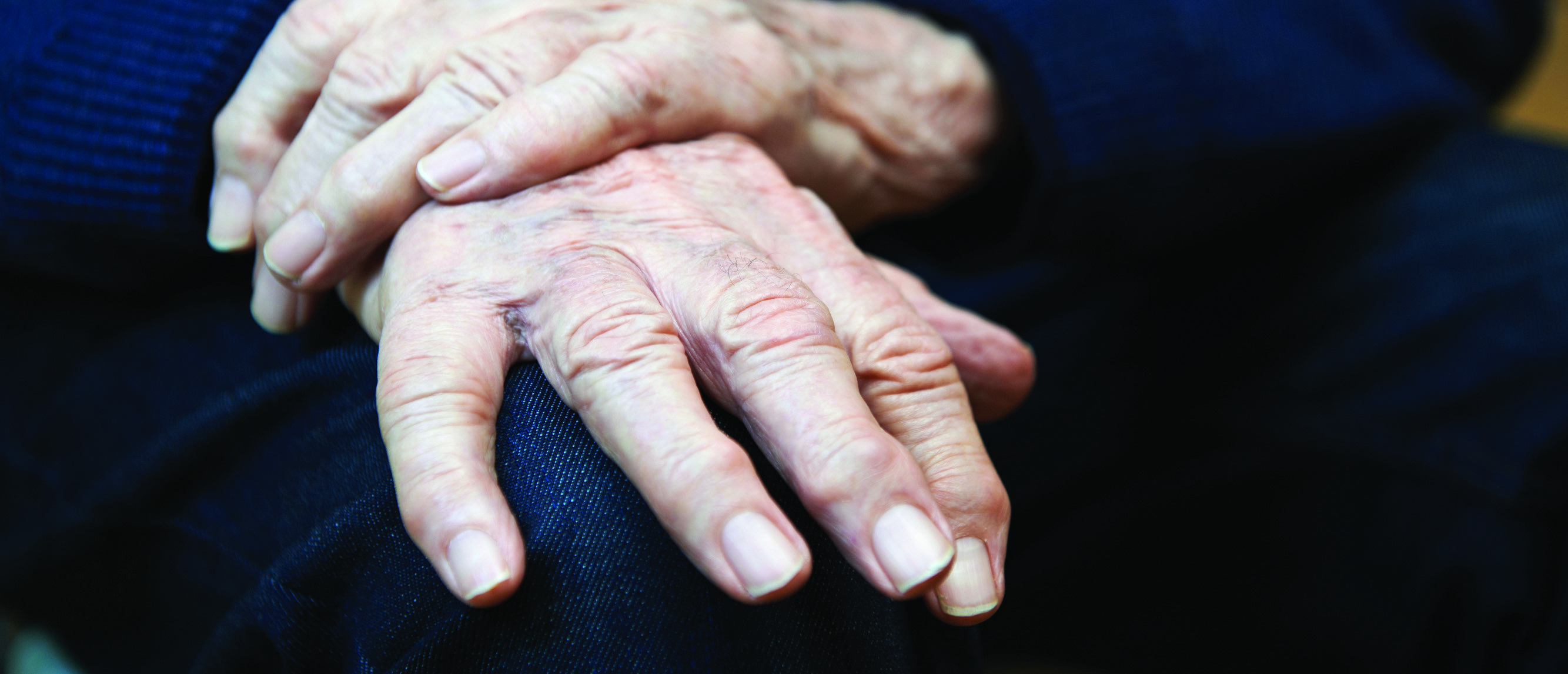Tears Shed by Parkinson’s Patients Could Help Diagnose Disease Early
According to a new study by researchers at the University of Southern California Medical School, tears may indicate how susceptible people may be for developing Parkinson’s disease. Analyzing tear samples allowed scientists to get a glimpse into one of the differences found in people that have Parkinson’s.
“We believe our research is the first to show that tears may be a reliable, inexpensive and noninvasive biological marker of Parkinson’s disease,” said the paper’s author Mark Lew from the Keck School of Medicine of the University of Southern California in Los Angeles.
Lew said the research team investigated tears because they contain various proteins produced by the secretory cells of the tear gland, which is stimulated by nerves to secrete these proteins into tears. Given that Parkinson’s can affect nerve function of the brain, the research team hypothesized that any change in nerve function may be seen in the protein levels in tears, Lew said.
The researchers recruited 55 people with Parkinson’s, and 27 people from a similar mix of ages and genders without the disease, and compared tear samples for differing levels of the protein.
They found levels of alpha-synuclein in a healthy, non-clumped form were lower in Parkinson’s patients’ tears. While another version of the protein – oligomeric alpha-synuclein – was found in higher concentrations in that same group. Oligomeric alpha-synuclein is alpha-synuclein that has formed aggregates, which are implicated in nerve damage associated with Parkinson’s disease.
These abnormal protein clumps interfere with nerve signals and are a key factor in the nerve damage that marks out the progression of Parkinson’s disease.
“Knowing that something as simple as tears could help neurologists differentiate between people who have Parkinson’s disease and those who don’t in a non-invasive manner is exciting,” said Dr Lew.
“Because the Parkinson’s disease process can begin years or decades before symptoms appear, a biological marker like this could be useful in diagnosing, or even treating, the disease earlier.”























